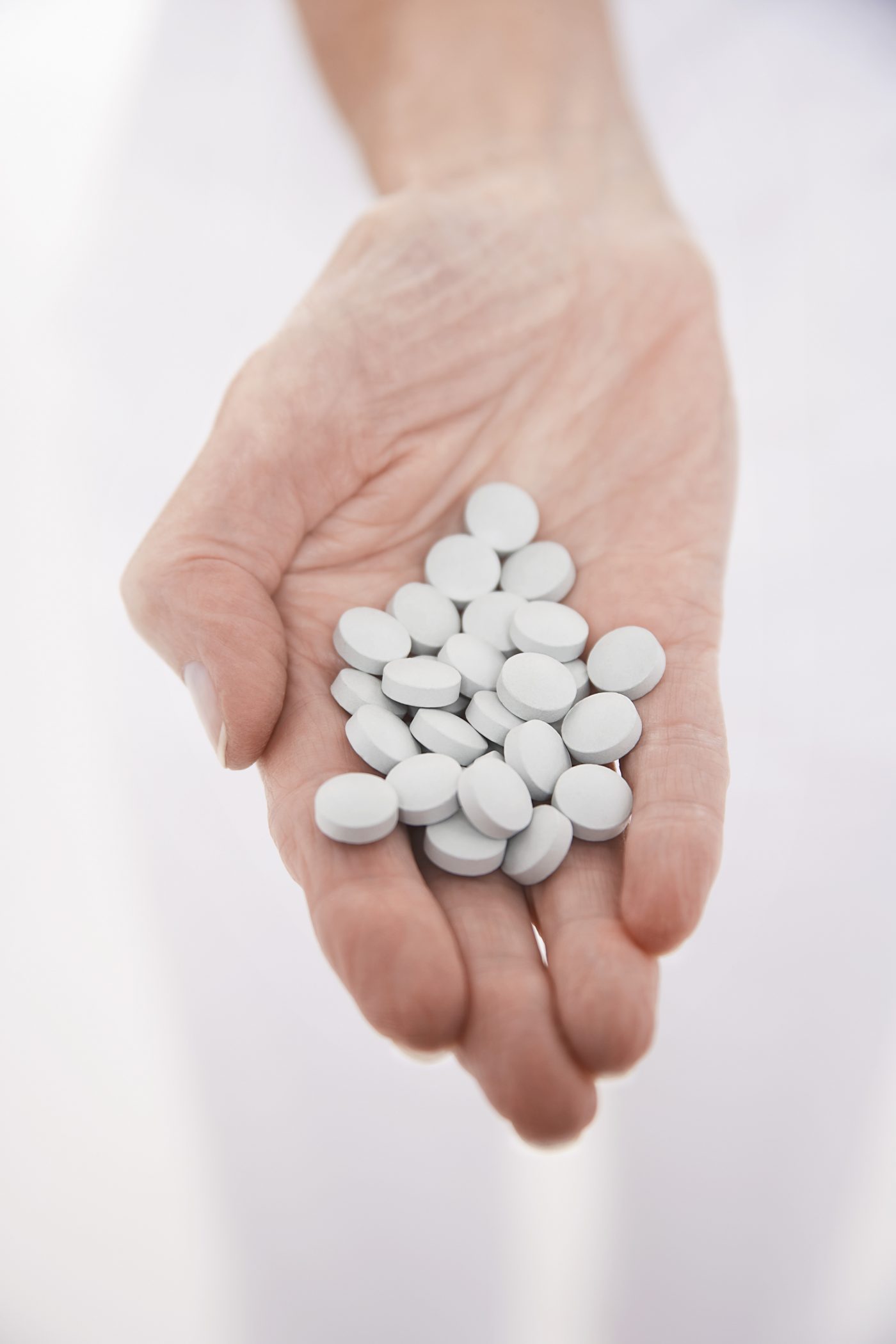
Addiction Education: Top 5 things to know about Opioids
This post is more or less meant for the families and friends of those whom are suspected of being under the influence of harmful substances. In order to solve the problem, we need to know what the problem is. Although we may know what drug someone is addicted to, we may not always be aware of the nuances regarding that certain drug. It may help to hear some general information that not everyone knows about.
How it Works
Opioids are normally taken through pill form. They are usually prescribed for intense pain relief, however, like many pain medicines, there is the chance of dependent addiction if abused. Once the opioids enter the body they enhance the natural endorphin chemicals. These chemicals are the body’s response for reliving pain.
How we treat it
Certain medical prescriptions are used to help treat Opioid addiction. These prescribed drugs include: Methadone, Buprenorphine, and Naltrexone. These help relieve cravings during the withdrawal process. However, these medicines should only be given to addicts who have already been detoxified. Other means of treatment include behavioral therapies. This form of addiction therapy helps reestablish good, healthy habits over bad ones in order to help reduce the cravings.
Short term Symptoms
Nausea
Constipation
Drowsiness
Unconsciousness
Vomiting
Coma
Slowed breathing
Respiratory Depression
Long term Symptoms
Strong Opioid Cravings
Loss of energy
Loss of Testosterone
Loss of Interest
Tolerance Growth
Galactorrhea
Fertility reduction
Addiction
Libido reduction
Unnatural pain sensitivity
Withdrawal Symptoms
Insomnia
Diarrhea
Cold Flashes
Runny nose
Anxiety
Restlessness
Muscle pain
Bone aches
Goosebumps
Yawning







